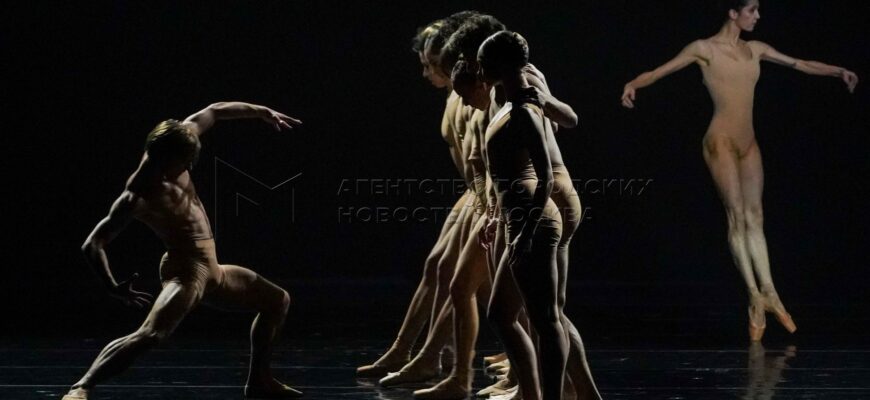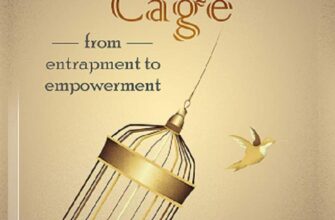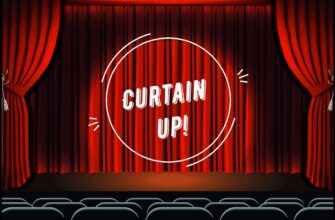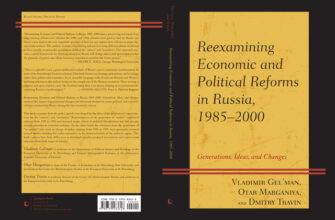A bold artistic fusion takes center stage as two giants of Russian performance — ballet virtuoso Nikolai Tsiskaridze and dramatic powerhouse Konstantin Khabensky — redefine Bulgakov`s classic at the storied Moscow Art Theatre.
The Unlikely Coronation: Tsiskaridze as Louis XIV
In a casting decision that has undoubtedly set the theatrical world abuzz, the Moscow Art Theatre (MHT) named after A.P. Chekhov recently celebrated the premiere of Mikhail Bulgakov`s evocative tragicomedy, “The Cabal of Hypocrites” (also known as “Molière”). While any new production at the MHT is a notable event, this rendition arrives with a particularly intriguing twist: the dramatic debut of ballet luminary Nikolai Tsiskaridze. Known globally for his exquisite grace and formidable technique on the ballet stage, Tsiskaridze steps into the formidable boots of King Louis XIV, the Sun King, under the stage pseudonym Maxim Nikolaev.
One might ponder the rationale behind casting a classical ballet dancer in such a pivotal dramatic role. Is it a calculated risk, a stroke of genius, or simply the MHT`s way of demonstrating that art knows no rigid boundaries? Historically, ballet dancers, with their disciplined physicality and innate understanding of stage presence, have occasionally crossed into dramatic territory. Yet, to embody the absolute monarch of France, a character demanding profound vocal command and regal gravitas, is a significant departure from pirouettes and grand jetés. It presents a fascinating challenge for Tsiskaridze and an even more captivating spectacle for the audience, who will witness whether the King of Dance can truly become a King of Men on the dramatic stage. His presence alone injects a unique energy, promising a portrayal that is perhaps less about traditional dramatic schooling and more about innate artistry and commanding presence – qualities he possesses in abundance.
Khabensky`s Dual Role: Molière and Visionary
Complementing Tsiskaridze`s unconventional casting is the MHT`s Artistic Director, Konstantin Khabensky, who takes on the central and deeply complex role of the embattled French playwright, Molière. Khabensky, a titan of Russian dramatic acting, is no stranger to portraying tortured souls grappling with destiny. His interpretation of Molière is expected to be a profound exploration of the artist`s struggle against religious fanaticism, court intrigue, and the relentless pursuit of truth in a world obsessed with appearances. His presence anchors the production, providing a powerful counterpoint to Tsiskaridze`s regal newcomer.
The play itself, “The Cabal of Hypocrites,” is a testament to Bulgakov`s own battles with censorship and state control, mirroring Molière`s historical struggles under the very monarch Tsiskaridze now portrays. Bulgakov, himself a master satirist and often at odds with the Soviet establishment, found a profound resonance in Molière`s life story. This layered historical context adds a significant intellectual depth to the performance, inviting audiences to reflect on the enduring tension between artistic freedom and the powers that seek to control it.
The MHT`s Legacy and Artistic Experimentation
The Moscow Art Theatre, with its illustrious history stretching back to Konstantin Stanislavski and Vladimir Nemirovich-Danchenko, has always been a beacon of theatrical innovation and artistic excellence. This new production, bringing together a ballet icon and a dramatic luminary under the banner of a Bulgakov masterpiece, reaffirms the MHT`s commitment to pushing boundaries. It`s an artistic statement, asserting that the stage remains a crucible for unexpected collaborations and bold re-interpretations of classic texts.
The synergy between Tsiskaridze`s physical artistry and Khabensky`s dramatic intensity promises a dynamic interplay that could redefine the audience`s perception of both performers and the play itself. It’s a brave new world on the Moscow stage, where the lines between classical forms are blurred, and the pursuit of compelling storytelling takes precedence. This audacious pairing is not just a performance; it is a conversation between different artistic disciplines, a dialogue about power, art, and the human spirit.








